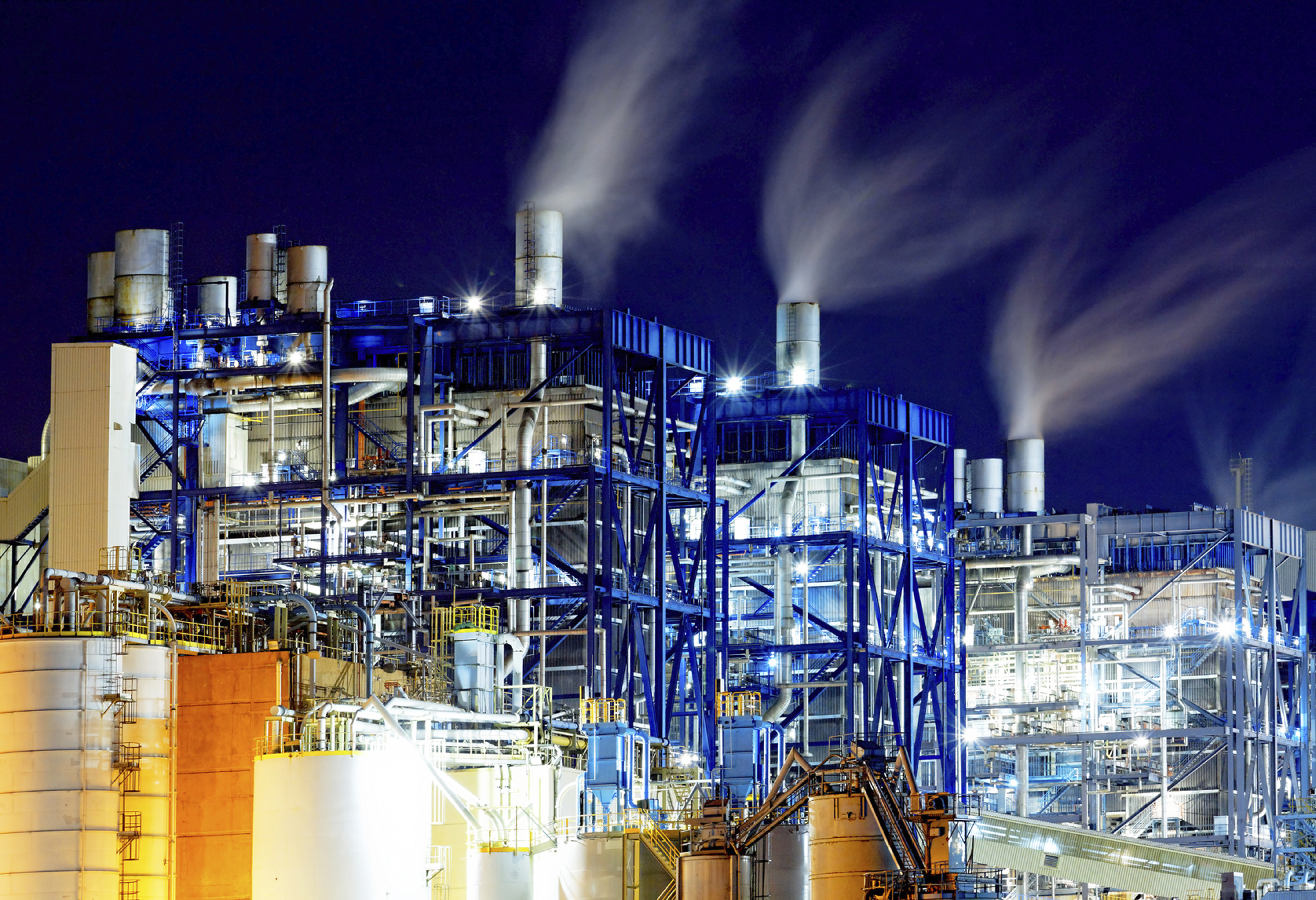
Do You Want a Power Plant in Your Backyard?
The demand for electricity is growing at an alarming rate, fueling the need for more power plants in the U.S. Operators of the power grids in California and New England reported that peak consumption in July, 2006 was 4.58% greater than in 2005. This is twice the growth rate predicted by US DOE for this period. According to the North American Electric Reliability Council (NERC), demand for electricity is expected to increase by 212 GW over the next 20 years (enough to power approximately 100 million homes)! Assuming the normal power plant design and traditional implementation, a new power plant would have to come on line every week over the next 20 years to supply this capacity. Although this scenario may be unlikely, with 52 new power plants popping up every year, the chances are pretty good that you’ll end up with one in your backyard.
In addition, the infrastructure to deliver energy from these generators to end users is aging and already has serious capacity issues in some areas.
How do we fix the problem without adding more power plants and transmission and distribution lines? The answer is a comprehensive portfolio of options to address energy demand in the United States. Demand response clearly has a critical role to play in the national strategy.
What is Demand Response?
Demand response is simply managing the demand for electricity in response to a utility delivery issue. The utility delivery issue may be reliability or price driven. Many utilities have demand response programs to shave peak during periods when electricity is expensive to generate or acquire. Paying customers to reduce demand can be less costly than purchasing or generating energy. Similarly, if the demand for electricity is exceeding supply and energy cannot be purchased, a serious reliability situation is developing. If left unchecked, this situation would overtax the electrical delivery system causing system outages. More likely, system operators would implement brownouts or blackouts to save the system.
Two options are available for avoiding reliability issues: build more power plants and delivery lines, or curb demand during peak periods, which typically occur during the hottest period of the summer.
Demand response programs have existed for years. Examples of demand response programs include direct load control, curtailable, and interruptible programs. Direct load control programs allow the utility to control end uses on customer premises. In residential programs, this can be a simple cycling switch that cycles a home’s air conditioning. The impact on the home’s energy use is small but when thousands of homes are added together, the aggregated impact is significant. Similar programs target commercial air conditioning or even industrial process loads.
In curtailable and interruptible programs, the customer usually responds to a message from the utility and reduces load by predetermined or contracted amounts. The control is in the customers’ hands but there is usually a stiff penalty for non-compliance. The end user MUST understand the agreement they are making with the utility and what impact it will have on their business or operation during a control event. Note however, that utilities typically limit the number of hours during which they will ask for curtailment, to something in the range of 50 to 100 hours per year.
Price response programs are sometimes included in demand response. Examples of these programs include critical peak pricing, demand bidding, time-of-use, and real time pricing. These programs are rate driven and the customer is responding to price signals.
Large Commercial & Industrial Demand Response
Many utilities have rate-embedded demand response programs. These programs offer a discount on demand charges or pay the end user for reducing load during an event. Programs that reduce monthly demand charges for participation can reduce an end user’s annual electric bill by as much as 10% and in some cases significantly more if the curtailable load is a significant percent of the total facility demand. Programs that pay for each event can be significant as well. The incentive in this case can range from $7 to over $100 per KW per event.
Want More?
Demand response programs will play an important role in the nation’s energy strategy, hopefully preventing power plants from popping up in your backyard. National and state regulations will require utilities to be aggressive. Also, there are potentially significant financial and other benefits to participating in utility demand response programs. Stay tuned to future Energy Briefs to learn more about these benefits and to find out if demand response is right for you.




